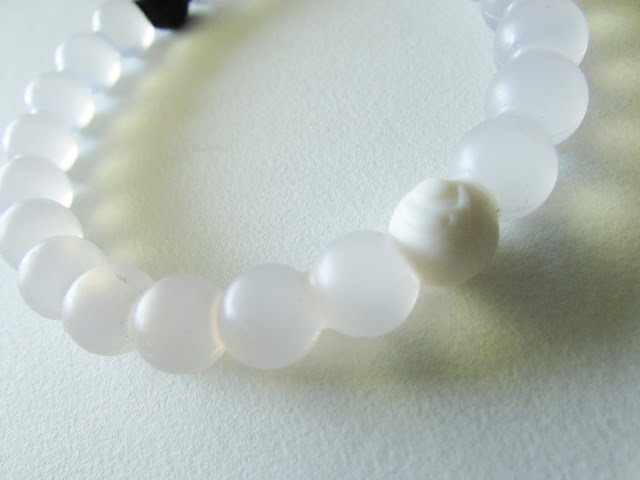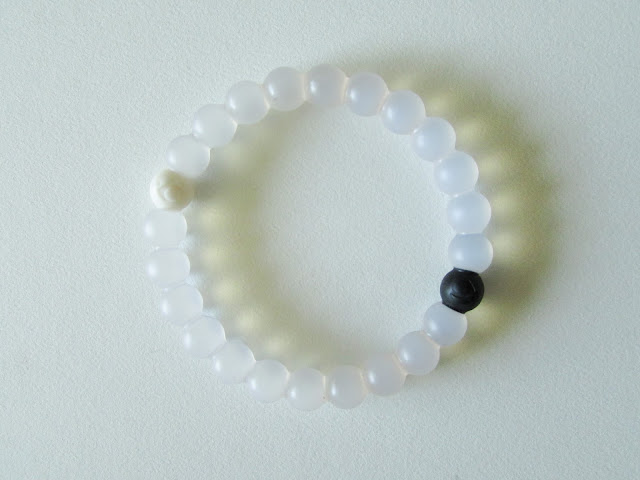About Jewelry Customization
- How to Choose the Correct Jewelry Factory OEM & ODM?
- Jewelry Factory Custom &Wholesale Silver/316L Stainless Steel Viking Ring
- From Your Idea to Samples and Mass Production
- How to customize jewelry at Churinga Jewelry Factory?
- How ensure the security of customer-customized jewelry?
- How to contact us (Churinga Jewelry Factory)Custom Jewelry, Jewelry Supplier, Wholesale Jewelry
- Stainless Steel Jewelry Manufacturer,Stainless Steel Jewelry Factory
- Jewelry Mass Production Companies in Churinga Jewelry Factory
- 18K Gold-Plated Jewelry

I have to admit I’m a bit of a Lokai enthusiast. I love that there is a deeper meaning behind each bracelet, and that a portion of proceeds from charity bracelets gets donated. Plus, I do like that they’re just so squishy. 🙂
I’ve recently spent a bit of time looking through Poshmark and Mercari’s Lokai listings, only to find that the mass majority of them are fake. Some sellers are adamant that their bracelets are authentic when they know that the exact opposite is true (the things people will do to make a quick buck.. sigh), while others just don’t know how to tell whether or not the bracelet they’re selling is real or not.
Therefore, I thought it’d be helpful to offer some pointers on how to tell whether or not a Lokai bracelet is real or fake.
First off, I’m going to completely disregard the tags. I’ve seen many fake bracelets that had tags that were spot on. Tags are so easily copied in their fonts and design, so I don’t believe that they are helpful in the least. For me, a bracelet’s signs of authenticity lie with the bracelet itself, not the tags.

Here goes!
1. White and black beads. These two special beads containing water and mud are always white and black, respectively. There has never been a clear bead in place of the white one.
2. The size of the white and black beads. The size of these two beads should be exactly the same as all the other beads. Some fake bracelets have oversized white and black beads.
3. Overlap and how beads mesh together. For many fakes, the white and black beads look like they were glued in as an afterthought; they’re not quite connected to the surrounding beads. Real Lokais have white/black beads that look like they’ve “melted” in with the beads next to them.

See the edges where the white and black beads connect to the beads surrounding them? They’ve “melted” into the beads next to them, so they’re NOT squashed nor perfectly round.
4. Squashing. Because of the way many fakes glue in the white/black beads, sometimes those beads may look like they’ve been squashed in uncomfortably. Real Lokais reserve the same amount of space for each and every bead, so none look like they were forced into a spot that was too small for it.
5. Raw edges. In lots of fakes, there are raw “edges” on the beads, which look like an excess of silicone. Real Lokais do not have any silicone “edges.” They take care to ensure that there is no excess, as it is quite unsightly.
6. Symbols. The Lokai symbols on the white/black beads have a fixed size. It is not incredibly small nor large; it is sized so that it fits on the bead with a little bit of empty space surrounding it if you were to look at it from straight above. Also, at the bottom of the white/black beads, there is a small circle. Make sure it is small and goes slightly inward; fakes sometimes make this circle quite large and make it stick out so that the bead is fully circular at all angles.


7. Glossiness/matteness. Depending upon the bracelet, some should be glossy while others are matte. Many fakes mistake the two. The following are glossy/matte.
Glossy: original, Susan G. Komen (pink), World Water Day (blue), Save the Children (red), Alzheimer’s (purple)
Matte: World Wildlife Fund (camo), Make-A-Wish (rainbow), Shark Week (blue/white/gray)
8. Clear plastic bag packaging. Lokais never come in plastic bags. Ever. If you see these being sold, they are definitely fake.
9. Multi-colored bracelets. Familiarize yourself with the patterns of the bracelets that use multiple colors; they’re generally the matte ones. They should never look too messy, and the patterns are pretty set. Fakes can look all over the place. As an example, if you see a bracelet that has a super swirly sort of tie-dye pattern, it’s fake.
10. Designs that don’t exist. Some people are trying to sell odd-looking bracelets with swirly pink patterns or whatever else there is. That design doesn’t even exist. Make sure, if you’re about to buy a bracelet, that the specific design exists. So far, there have only been eight designs, listed above.
11. Sellers with masses of Lokais. Be very wary of sellers who can make a “bundle deal” for you; their bracelets are usually fake. They frequently sell their bracelets in small plastic bags so you can tell it’s fake straight away, but if they’ve taken it out of the bags it may be harder to tell. I personally stay away from these sellers and look for those who are selling maybe one or two Lokai that they don’t want anymore.
I hope this post has been helpful!
Ten articles before and after
saturday sounds: summer playlist— 8/20
real or fake Triangl? a side-by-side comparison
Pura Vida bikini & bracelet haul + review
TRIANGL review: Winnie in Arizona Sunset (dupe)
TRIANGL review: Chloe in Miami Mint
TRIANGL review: Milly in Santa Rosa Splash (dupe)
TRIANGL authenticity: how to tell if a TRIANGL bikini is real or fake